10 Natural Solutions To Remove Dead Skin
Exfoliate away dead skin cells and achieve a radiant glow with natural remedies.

Image: Shutterstock
It is common for dead skin cells to build up over time, leaving your skin looking dull and rough. Therefore, knowing how to remove dead skin from the body can help you achieve a smoother, radiant skin. While you can always reach out for those commercially available body scrubs, what if we tell you that you can whip them up right at home? In this article, we have explored some of the best remedies you can find easily in your pantry! Keep reading to check out some of the best natural exfoliation methods and tips to use them to achieve soft and rejuvenated skin.
In This Article
How To Exfoliate Dead Skin At Home
- Brown Sugar
- Baking Soda
- Sugar And Honey
- Epsom Salt
- Apple Cider Vinegar
- Toothbrush
- Coffee Grounds
- Olive Oil
- Pumice Stone
- Oatmeal
How To Remove Dead Skin From The Face And Body
1. Brown Sugar
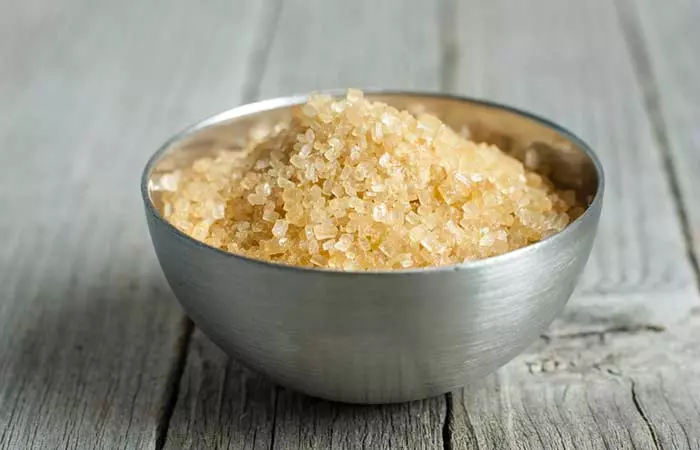
You Will Need
- 1 tablespoon brown sugar
- 1 teaspoon almond oil OR coconut oil
What You Have To Do
- Mix the oil with sugar.
- Apply this face scrub to the skin, in circular motions, for a few minutes.
- Leave it on for another five minutes before rinsing it off with lukewarm water.
Increase the quantities of the ingredients to use this on your body.
How Often You Should Do This
Repeat this once or twice a week.
Why This Works
Raw sugar works best to exfoliate the dead skin on the face and the body, as its texture is coarser and it can remove the dead skin cells with the friction it generates when scrubbed on the skin.
SHomemade sugar scrubs are gentler on the skin, and are less drying, and abrasive (1).
 Quick Tip
Quick Tip2. Baking Soda
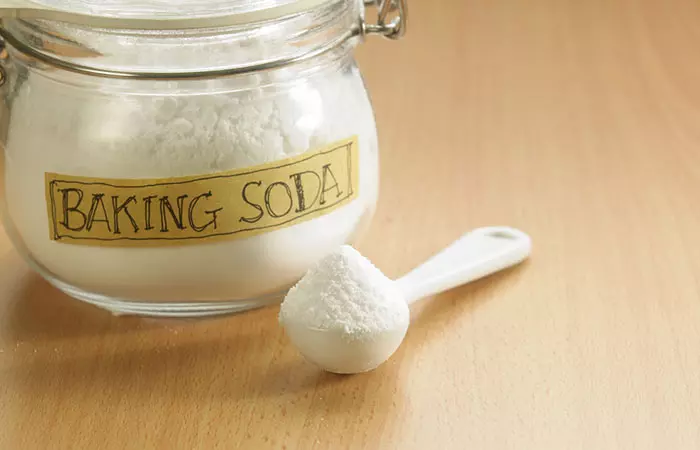
You Will Need
- 1 tablespoon baking soda
- 1 vitamin E capsule
- Water
What You Have To Do
- Prick open the vitamin E capsule and add the oil present inside to the baking soda.
- Add a few drops of water to this and mix everything to get a paste with medium consistency.
- Apply this on a damp face and scrub in circular motions for 2-3 minutes.
- Rinse it off with water.
How Often You Should Do This
Do this once every week.
Why This Works
The fine baking soda granules can easily remove the dead skin cells from your facial skin.
Its alkalinity will help to dislodge the skin cells so that they can be easily shed off. Baking soda may also help you achieve an even skin tone as it removes dead skin cells and keeps your pores clean.
3. Sugar And Honey
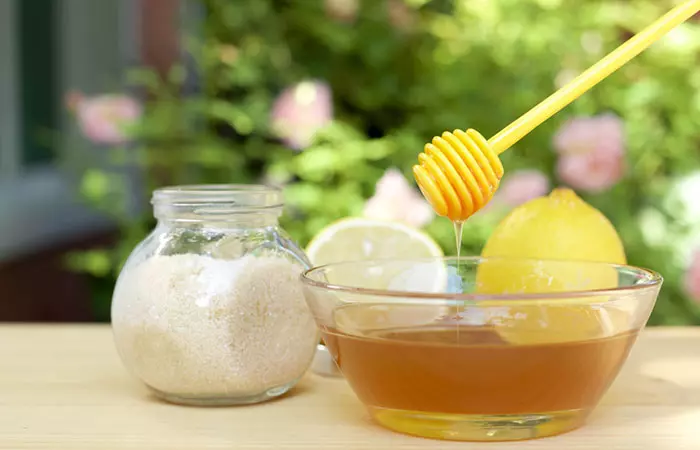
You Will Need
- 1 tablespoon sugar
- 1 teaspoon raw honey
What You Have To Do
- Mix the honey and sugar.
- Scrub your skin with this for a few minutes and then rinse it off.
How Often You Should Do This
Use this simple scrub 1-2 times a week.
Why This Works
This is one of the best homemade body scrubs that you can prepare easily. Both brown and white forms of sugar can help to exfoliate the skin. The honey in this mixture will help moisturize your skin and reverse the oxidative damage (2). Use this remedy to exfoliate dead skin cells on the arms and even other parts of the body.
Ona Lefenyo, a natural hair and lifestyle vlogger, shared her experience of using a honey and sugar scrub for her bumpy skin. She said, “Listen, I am not overreacting or anything, but my face is so smooth (i)!” She further added that her skin felt soft and breathable and all the little bumps were gone.
4. Epsom Salt
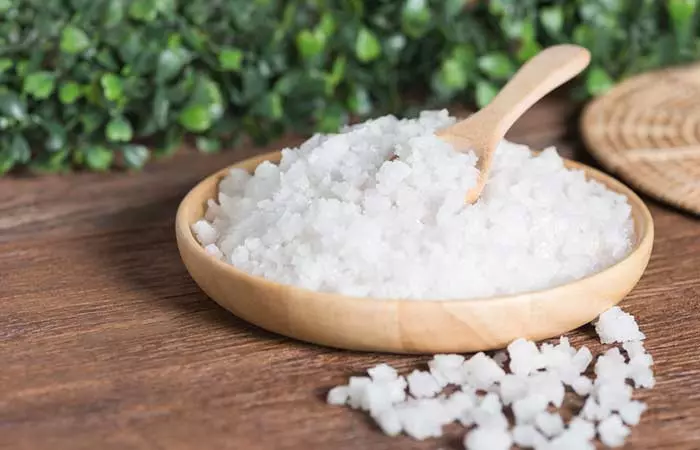
You Will Need
- 1 cup Epsom salt
- 1 cup coconut oil
- 10-12 drops lavender oil (optional)
What You Have To Do
- Combine the salt with the coconut oil and essential oil.
- Transfer this to an air-tight glass container.
- Use as much scrub as required for your entire body. Scrub gently for 2-3 minutes.
- Wash everything off using tepid water.
How Often You Should Do This
Use this scrub once a week to exfoliate the dead skin on the body.
Why This Works
The salt granules remove the dead skin when scrubbed gently on the skin. Epsom salt is considered a wonderful detoxifying and pH-balancing agent. It may also exfoliate and restore damaged skin.
5. Apple Cider Vinegar

You Will Need
- 1 teaspoon apple cider vinegar
- 1 teaspoon water
- Cotton ball
What You Have To Do
- Dilute the ACV with water and use the cotton ball to apply this on the face.
- Leave it on for 10-15 minutes and then rinse it off using cool water.
To exfoliate dead skin on your feet, add half a cup of ACV to a tub filled with some water and soak your feet in this for 10-12 minutes.
How Often You Should Do This
Repeat this once a week.
Why This Works
Vinegar may maintain the pH balance of skin and prevent it from becoming too dry or oily (3). It also has antibacterial and antifungal properties that keep the skin infection-free. Diluted ACV may also be used to exfoliate dead skin on the scalp.
Caution
Do not use this remedy if you have sensitive skin as the vinegar can sting.
6. Toothbrush
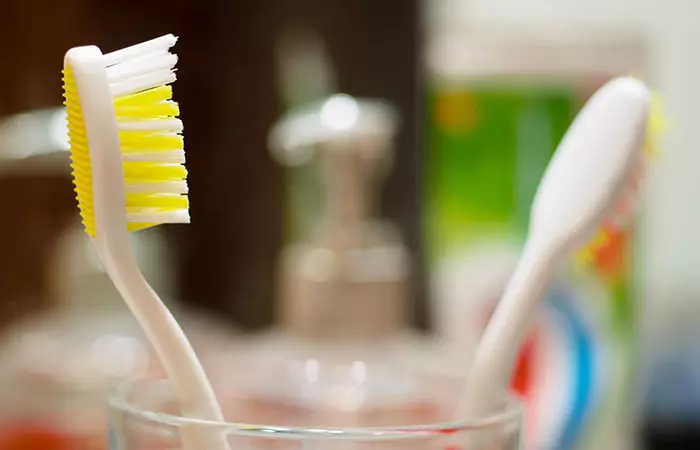
You Will Need
- Lip balm
- Toothbrush
What You Have To Do
- Apply a hydrating lip balm on your lips and let it sit for 15-20 minutes.
- Now, take a toothbrush and gently rub it in circular motions on your lips.
- Rinse off the dead, flaky skin with plain water.
How Often You Should Do This
Use this remedy twice a week.
Why This Works
This is one of the easiest remedies to exfoliate the lips. The lip balm softens the dead skin present on the lips’ surface. The bristles of the toothbrush can help dislodge this and give you smooth and plump lips.
7. Coffee Grounds
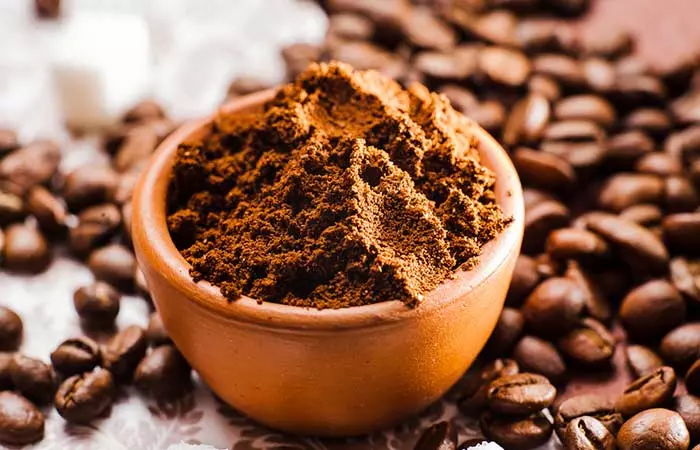
You Will Need
- 2-3 tablespoons coffee grounds
- 1 tablespoon olive oil OR coconut oil
- Water
What You Have To Do
- Add the oil to the coffee grounds and mix them.
- Add some water to get a thick, grainy paste.
- Scrub the skin with this using gentle, circular motions. Alternate the circular movement with upward (towards the top of your head) movements.
- Keep scrubbing for 3-4 minutes.
- Wash off the scrub with water.
How Often You Should Do This
Do this coffee ground exfoliation once every week.
Why This Works
Exfoliate the dead skin on your legs with this and see them shine with hydration. This scrub can also be used on the face but very gentle scrubbing movements should be used. Like the other scrubs, the coarseness of the coffee grounds removes dead skin cells. Coffee contains caffeine which awakens the skin by improving circulation. Use this scrub on your thighs, buttocks, and tummy to get rid of cellulite too. Caffeine prevents the accumulation of fat beneath the skin – a wonderful additional benefit (4)!
8. Olive Oil
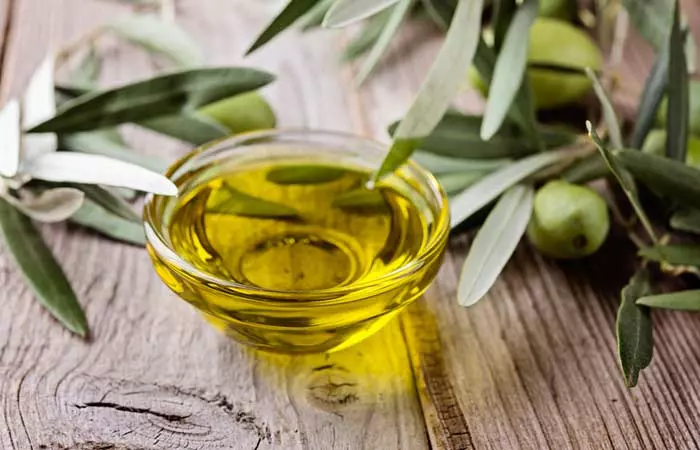
You Will Need
- 2-3 olive pits
- 2 tablespoons olive oil
What You Have To Do
- Grind the olive pits and add olive oil to them.
- Scrub your skin using this.
- Rinse the excess oil off with a mild cleanser.
How Often You Should Do This
Repeat this once every 4-5 days.
Why This Works
While the ground pits exfoliate your skin, olive oil will nourish with a wonderful combination of fatty acids and essential nutrients (5).
9. Pumice Stone
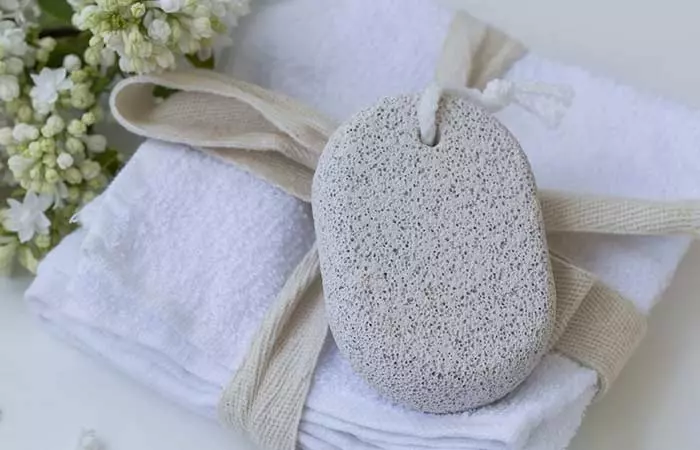
You Will Need
- Water
- A tub
- Pumice stone
What You Have To Do
- Soak your feet in water for 10 minutes.
- Gently scrub off the dead skin cells present under the foot.
- Wash all the debris off with water.
- Wipe your feet dry and apply a moisturizer.
How Often You Should Do This
Repeat this as and when required.
Why This Works
To remove dead skin from the skin, that pumice stone lying in your bathroom is all you need. Once the dead skin has softened because of soaking in the water, it can be easily scrubbed off.
10. Oatmeal

You Will Need
- 2 teaspoons ground oatmeal
- Water
What You Have To Do
- Make a paste and apply on the face.
- Gently rub in circular motions for a few minutes and then rinse your face.
This can be used on the rest of the body as well.
How Often You Should Do This
Repeat this once or twice a week.
Why This Works
Oatmeal is an excellent choice for a homemade exfoliator, especially for the face. It softens the dead skin so that it can be gotten rid of easily. It also moisturizes the skin and reduces any inflammations that may be present (6). Use this to exfoliate the skin before shaving to make the process smoother and faster.
The last step to follow after exfoliating your skin is to moisturize the skin. Follow all the remedies mentioned above with a moisturizer matching your skin type. This will ensure adequate skin hydration.
Now you know why and how to exfoliate. But if the above remedies fail, you can opt for chemical exfoliants for the effective removal of dead skin cells. Find out more in the next section.
Why Exfoliate?
To understand this, you need to know why exfoliation is essential for a healthy looking skin.
Human skin is constantly regenerating itself. Old cells on the top layer of the skin die and are replaced by new cells that form in the lower layer or the dermis, the basal layer of the epidermis. As we age, however, our skin’s natural regenerative powers deteriorate. Exfoliation is the process by which we can help our skin’s regeneration process by removing dead skin cells and making way for new ones. Dr. Nadir Qazi, a board-certified cosmetic physician, says, “Exfoliating removes excessive dead skin cells while softening and rejuvenating the skin and encouraging collagen production. Skin health is all about balance and paying attention to its changes.”
However, he also warns about over-exfoliation. He adds, “Over-exfoliation can cause this barrier to deplete and allow the new skin to become exposed. This can lead to chafing and raw, reddened, dry skin. However, when the dead skin cells are not removed, they can clog pores leading to acne, blackheads, and even ingrown hairs.”
In the exfoliation process, we use products that help remove the old skin and reveal the new skin underneath. There are, primarily, two ways by which we can exfoliate our skin – physical and chemical exfoliation. Physical exfoliation involves using a body scrub. There is a way to conduct this procedure, so it is better you get well-versed in how to use a body scrub, as the wrong way can harm your skin. Chemical exfoliation or chemical peels use products that contain enzymes which can help dislodge the dead cells from the skin by their chemical action. Other skin treatments involving the removal of the upper skin layer are dermabrasion and microdermabrasion..
No matter which process of exfoliation you opt for, it will leave your skin refreshed and rejuvenated. Here are some exfoliation remedies that you can make at home and slough off that unwanted dead skin. You no longer have to make a trip to a spa for a fresh looking, happy skin.
Chemical Exfoliants For Removing Dead Skin
Glycolic acid and salicylic acid can help remove dead skin cells. Incorporating them into your skin care routine can also help you unclog your pores and improve your overall skin tone and texture. You can buy weaker formulas as over-the-counter products, while stronger formulas are used by dermatologists in chemical peels. These acids break the bonds holding the skin cells together, which shed eventually to reveal regenerated skin (7). Hence, seek professional advice to understand which option is suitable for you.
You may also use natural ingredients like lemon and yogurt for chemical exfoliation. Lemon contains citric acid, while yogurt has lactic acid. These natural acids help exfoliate the top layer of dead skin (8) (9). However, remember to always perform a patch test before using them to avoid any irritation, especially if you have sensitive skin.
Some tips to keep in mind during exfoliation
Tips To Remember
- Always be gentle on your skin, taking care not to strip your skin of the natural oils and lipids, as it may otherwise cause skin aging.
- Always choose gentle scrubs and skin exfoliating tools.
- Fix a proper skin care routine.
- Do not exfoliate daily.
- The frequency of exfoliation should be determined by your skin type and needs.
- Dry skin and mature skin should be exfoliated not more than twice a week and products such as creams or serums that are used should be moisturizing. An oil-based scrub would be the best.
- Oily skin and combination skin can be exfoliated thrice a week, but no more than that.
- Normal skin can be exfoliated twice a week or as necessary.
- When exfoliating, use gentle hands or skin brushes in circular and/or upward motions which work best. Such movements will keep your skin firm in the long run.
 Quick Tip
Quick TipInfographic: 5 Simple Ways To Remove Dead Skin
While CTM (cleansing, toning, and moisturizing) is essential to your skincare routine, exfoliation also plays a vital role in maintaining that glow. The good news is that a few simple ingredients from your pantry can help you achieve that dream. Check out the infographic below for quick DIYs that will instantly make you and your skin happy. Illustration: StyleCraze Design Team
Exfoliation is an essential step in your skin and body care routines. While many exfoliating products are available on the market, there are numerous remedies for those wondering how to remove dead skin from the body naturally. Simple pantry ingredients like brown sugar, baking soda, oatmeal, and coffee grounds can be used safely to keep your skin smooth. Moreover, they are much more affordable than store-bought alternatives. However, as with any natural remedies, it is important to perform a patch test if you are using them for the first time. Also, remember to be gentle and do not exfoliate more than 1-2 times a week to maintain healthy skin.
Frequently Asked Questions
Is removing dead skin painful?
Dr. Qazi says, “Removing dead skin cells shouldn’t be painful. If it is painful, the chances are that you are using the wrong exfoliant. An abrasive exfoliator should be avoided as they can not only be painful to use but can lead to microtears in the skin. The concentrations of the exfoliants can also be controlled to remove dead skin without pain.”
Does washing your face remove dead skin?
According to Dr. Qazi, “Washing the face can remove some already loosened dead skin cells. You will get better results by using a chemical exfoliant in combination with a gentle cleanser. In contrast, a face wash with stronger cleansing agents and surfactants may irritate and damage the skin.”
Why does my face have so much dead skin?
Skin dryness and a lack of regular exfoliation routine can lead to a buildup of dead skin on the face.
What does dead skin look like?
Dead skin looks flaky, tough, and dry on the surface of the skin.
What causes dead skin?
It is natural for skin cells to die out and new ones to replace old and dead skin. However, a lack of moisture in skin cells can speed up or aggravate the process of skin cell death, leading to dead skin buildup.
What are the signs of over-exfoliation?
Signs of over-exfoliation include irritation, redness, peeling, burning sensation, and inflammation. You may also experience acne breakouts.
Key Takeaways
- Exfoliation removes dead skin and regenerates new ones.
- Exfoliate lips by gently rubbing a hydrating lip balm with a toothbrush.
- Exfoliate with a mixture of sugar and honey to keep your skin moisturized.
- Oatmeal is a great homemade exfoliate, especially for the face.
Illustration: How To Remove Dead Skin Naturally?

Image: Stable Diffusion/StyleCraze Design Team
Are you looking for a simple and effective way to remove dead skin cells from your body? This informative video provides step-by-step instructions and tips for achieving smooth, glowing skin. Check it out!
Personal Experience: Source
StyleCraze's articles are interwoven with authentic personal narratives that provide depth and resonance to our content. Below are the sources of the personal accounts referenced in this article.
(i) This Honey & Sugar face Scrubhttps://www.youtube.com/watch?v=IP7YLXvS-RI
References
Articles on StyleCraze are backed by verified information from peer-reviewed and academic research papers, reputed organizations, research institutions, and medical associations to ensure accuracy and relevance. Read our editorial policy to learn more.
- A Review On: Herbal Face Scrub For Skin Exfoliation
https://ijcrt.org/papers/IJCRT2203364.pdf - Medicinal And Cosmetic Uses Of Bee’s Honey – A Review
https://www.ncbi.nlm.nih.gov/pmc/articles/PMC3611628/ - Art Of Prevention: The Importance Of Bath Time And Avoiding Extended Exposure To Irritating And Allergenic Chemicals
https://www.ncbi.nlm.nih.gov/pmc/articles/PMC6637102/ - Caffeine’s Mechanisms Of Action And Its Cosmetic Use
https://pubmed.ncbi.nlm.nih.gov/23075568/ - Oleuropein In Olive And Its Pharmacological Effects
https://www.ncbi.nlm.nih.gov/pmc/articles/PMC3002804/ - Safety And Efficacy Of Personal Care Products Containing Colloidal Oatmeal
https://www.ncbi.nlm.nih.gov/pmc/articles/PMC3508548/ - Chemical peels in the treatment of acne: patient selection and perspectives
https://www.ncbi.nlm.nih.gov/pmc/articles/PMC6053170/
Read full bio of Dr. CP Thajudheen
- Dr. Nadir Qazi, DO, has over 6 years of experience in cosmetic dermatology and plastic surgery. He is a member of the American Academy of Cosmetic Surgery and an instructor for advanced injections and laser techniques. He is well-known among celebrities and elite models for his promising liposuction results and his innovative facial contouring technique known as the HD Lift™.
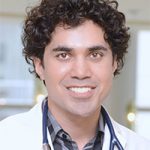 Dr. Nadir Qazi, DO, has over 6 years of experience in cosmetic dermatology and plastic surgery. He is a member of the American Academy of Cosmetic Surgery and an instructor for advanced injections and laser techniques. He is well-known among celebrities and elite models for his promising liposuction results and his innovative facial contouring technique known as the HD Lift™.
Dr. Nadir Qazi, DO, has over 6 years of experience in cosmetic dermatology and plastic surgery. He is a member of the American Academy of Cosmetic Surgery and an instructor for advanced injections and laser techniques. He is well-known among celebrities and elite models for his promising liposuction results and his innovative facial contouring technique known as the HD Lift™.
Read full bio of Kushneet Kukreja
Read full bio of Ramona Sinha
Read full bio of Monomita Chakraborty




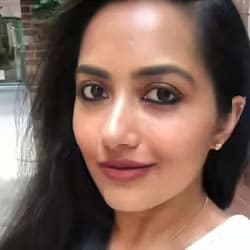


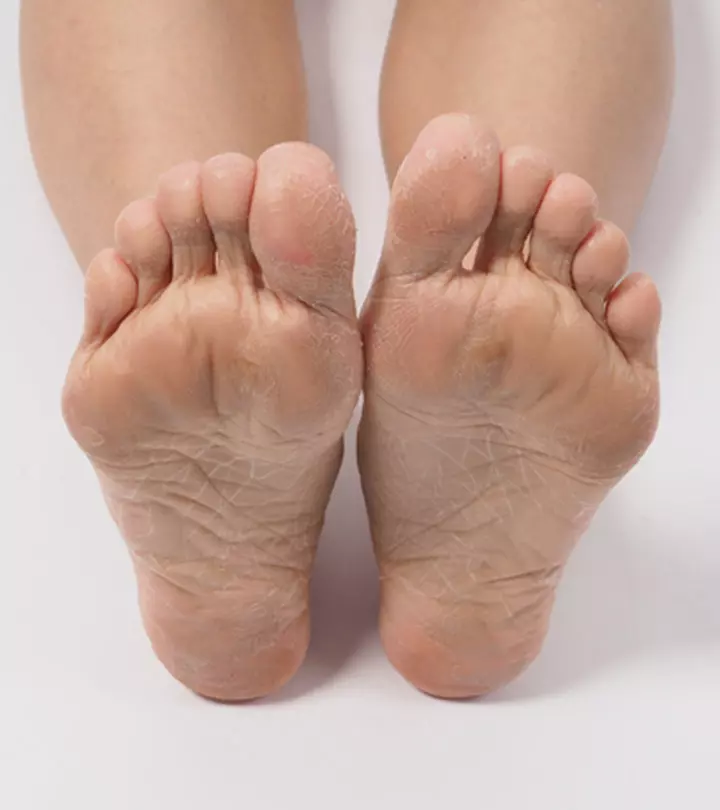


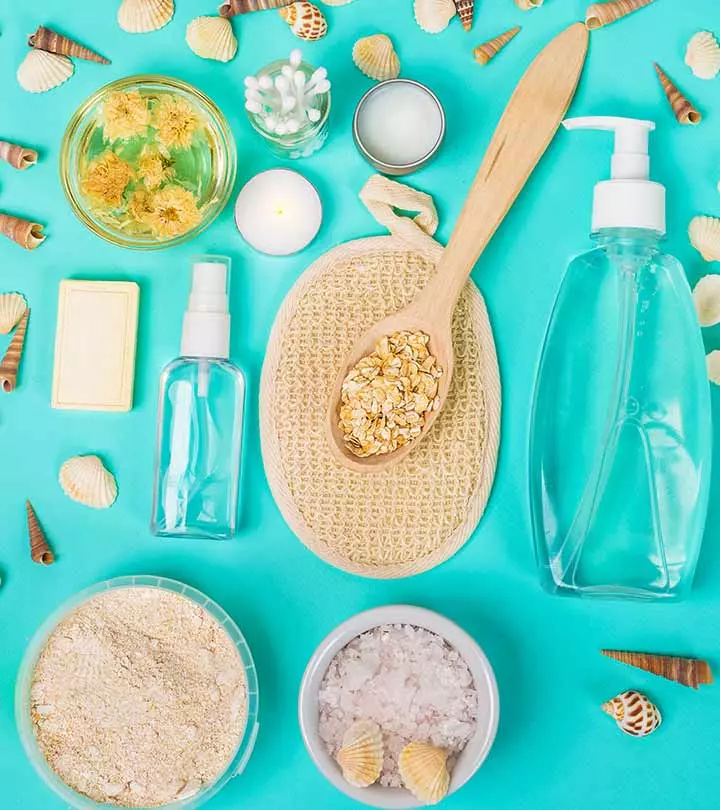
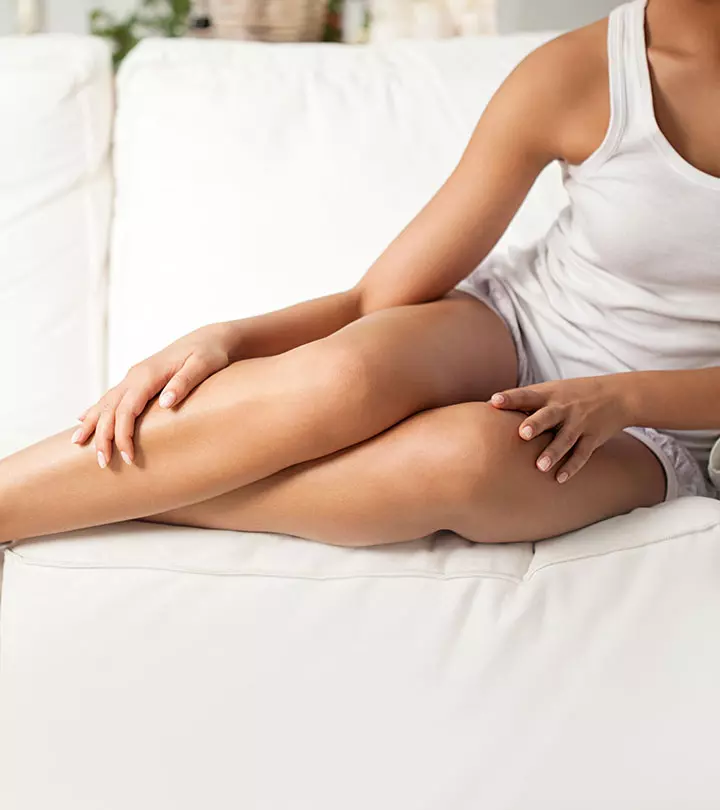
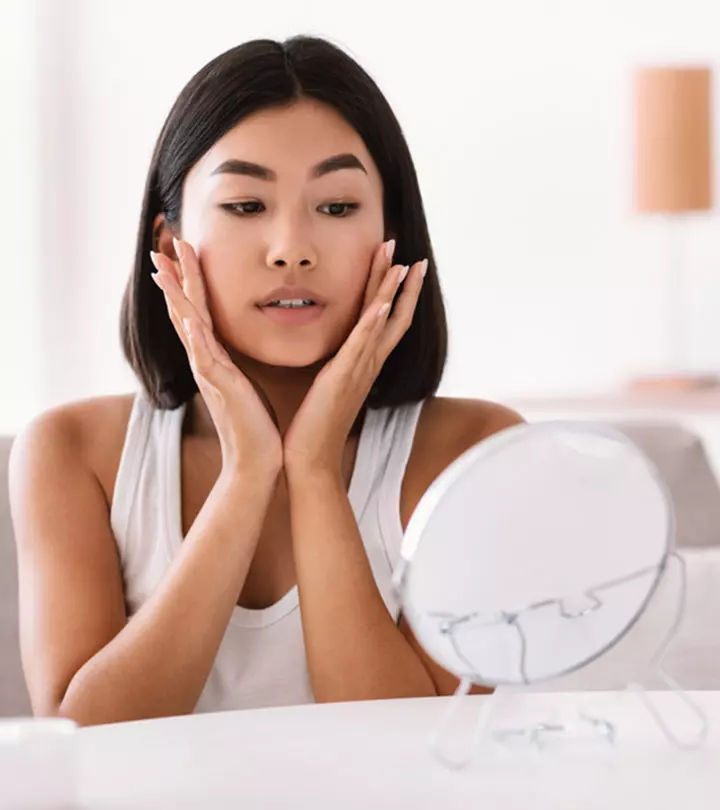


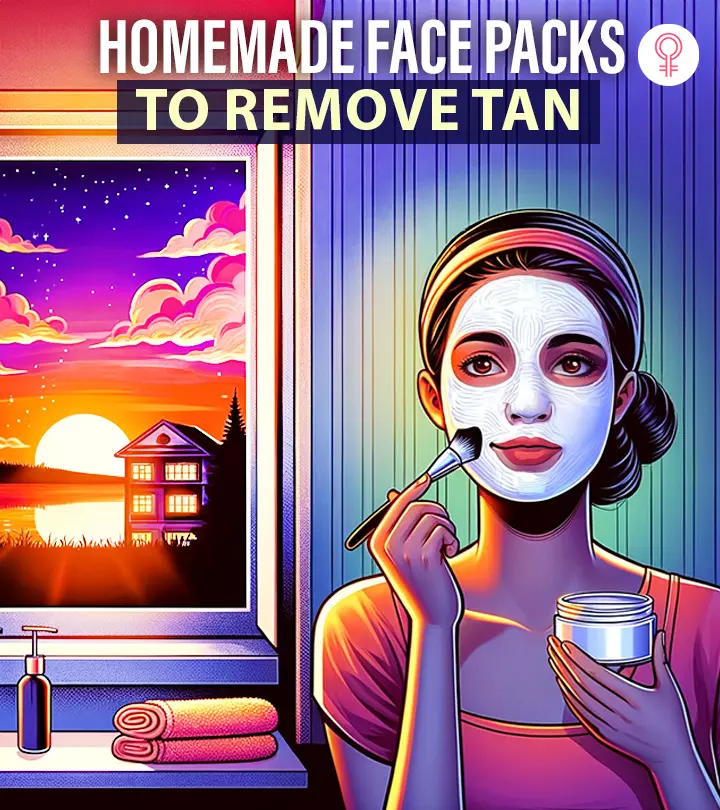
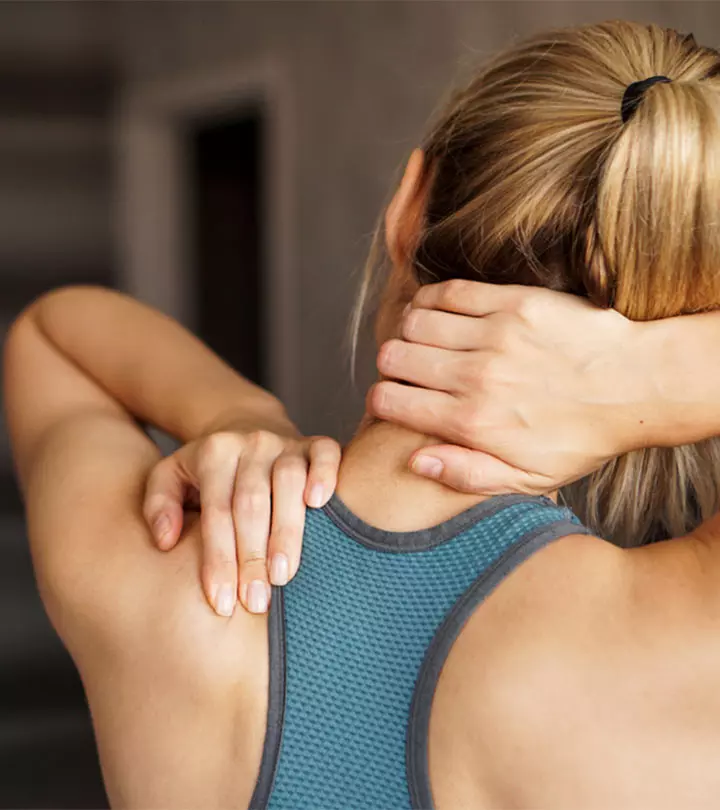
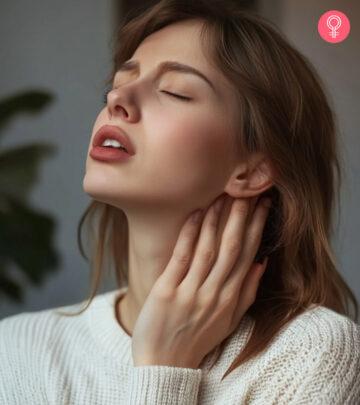




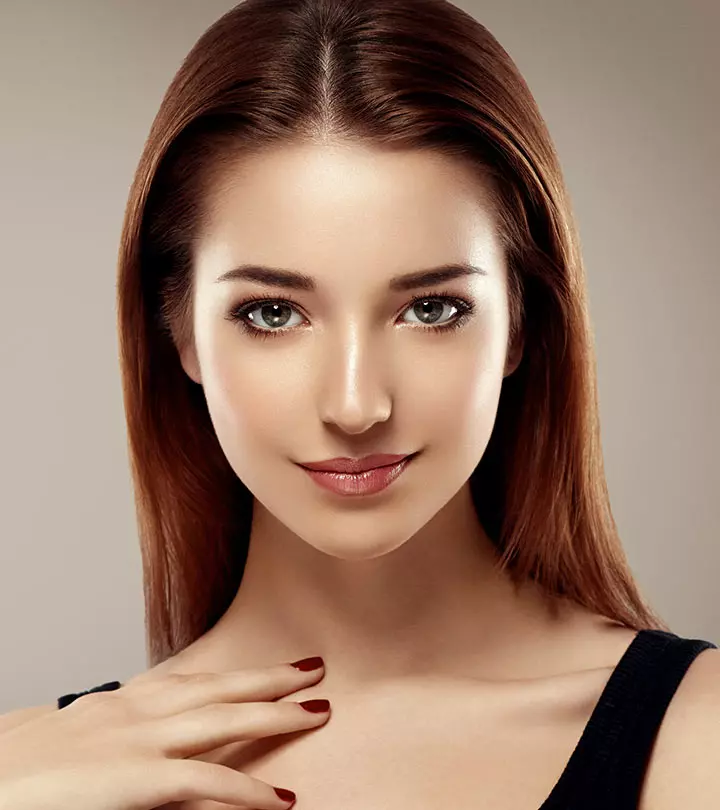
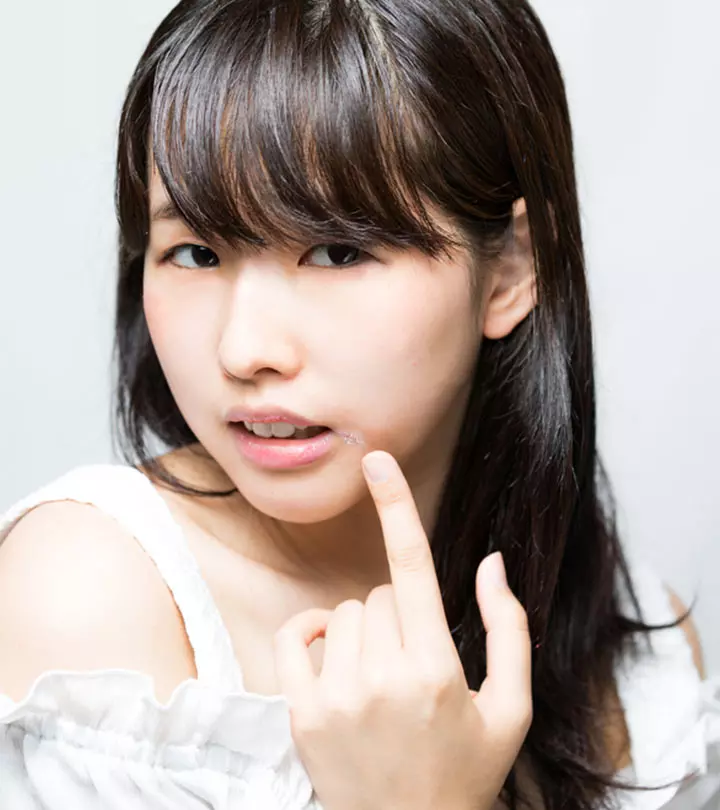
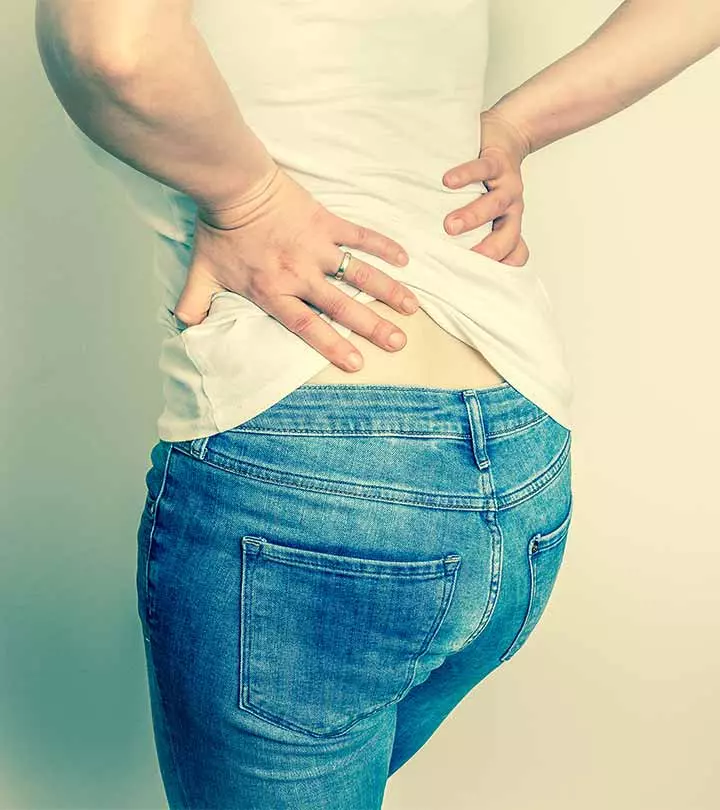



Community Experiences
Join the conversation and become a part of our empowering community! Share your stories, experiences, and insights to connect with other beauty, lifestyle, and health enthusiasts.